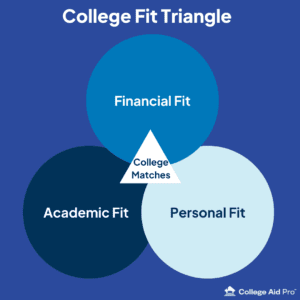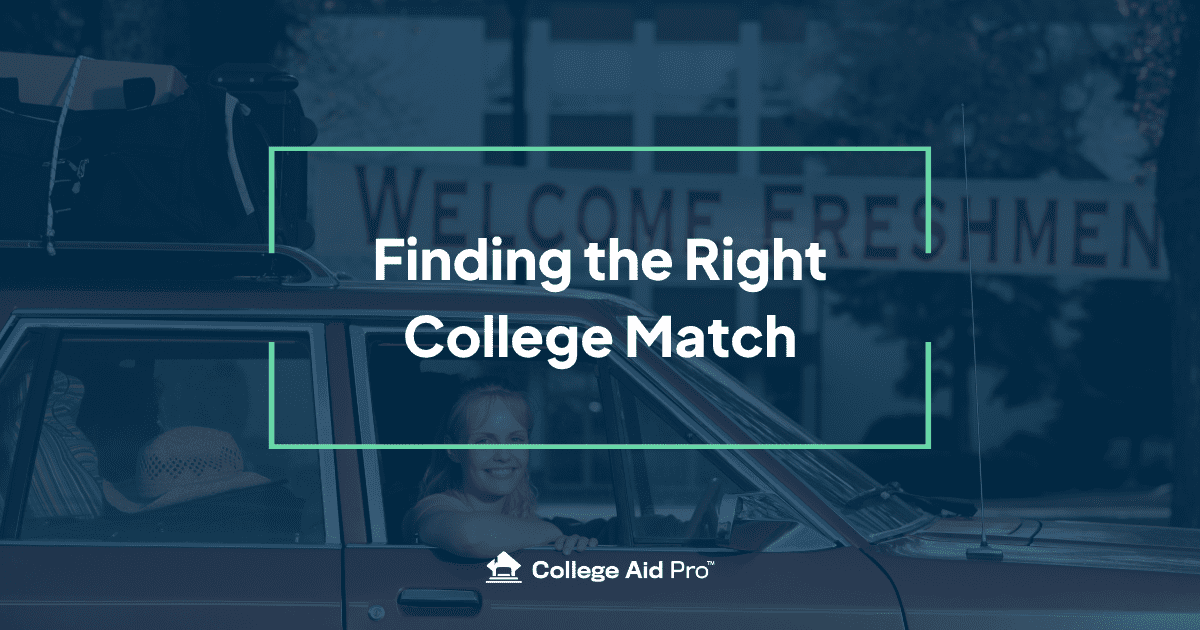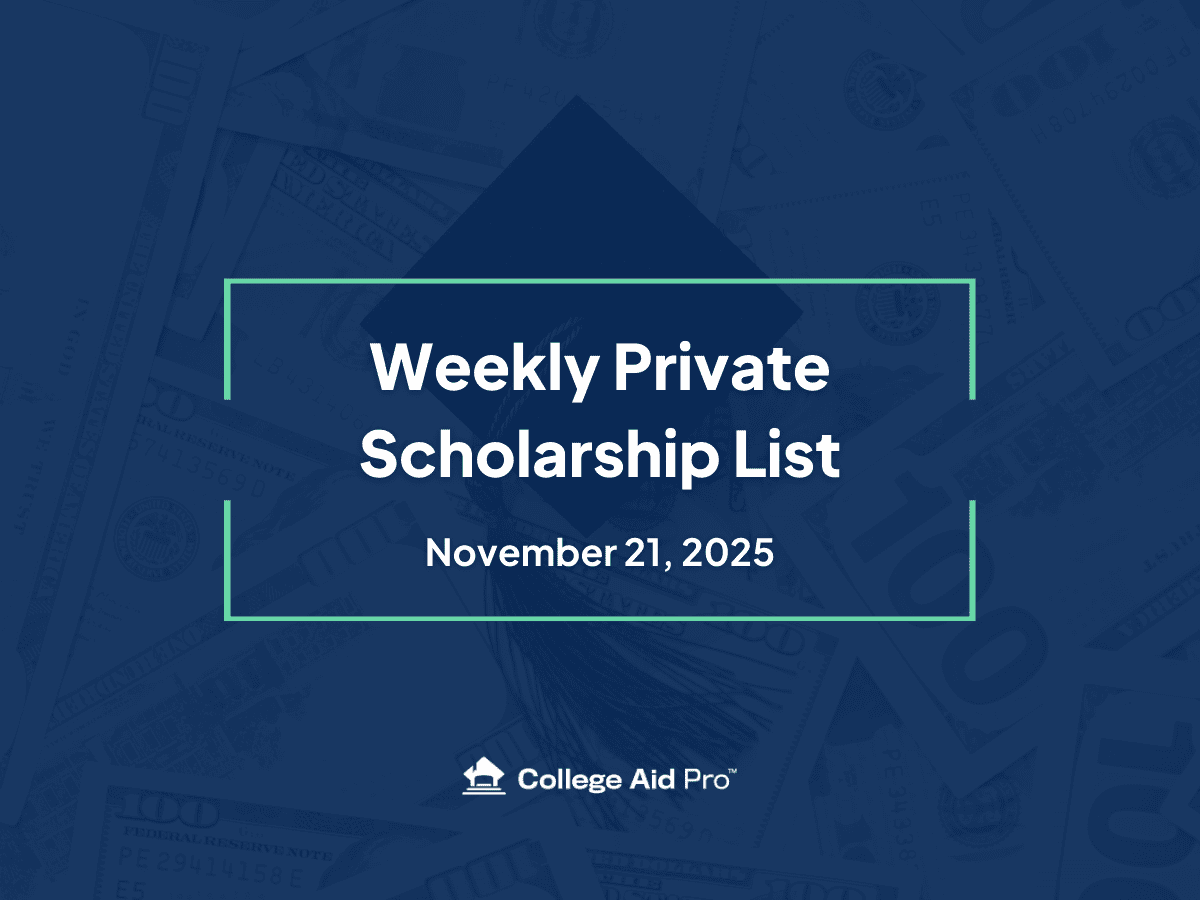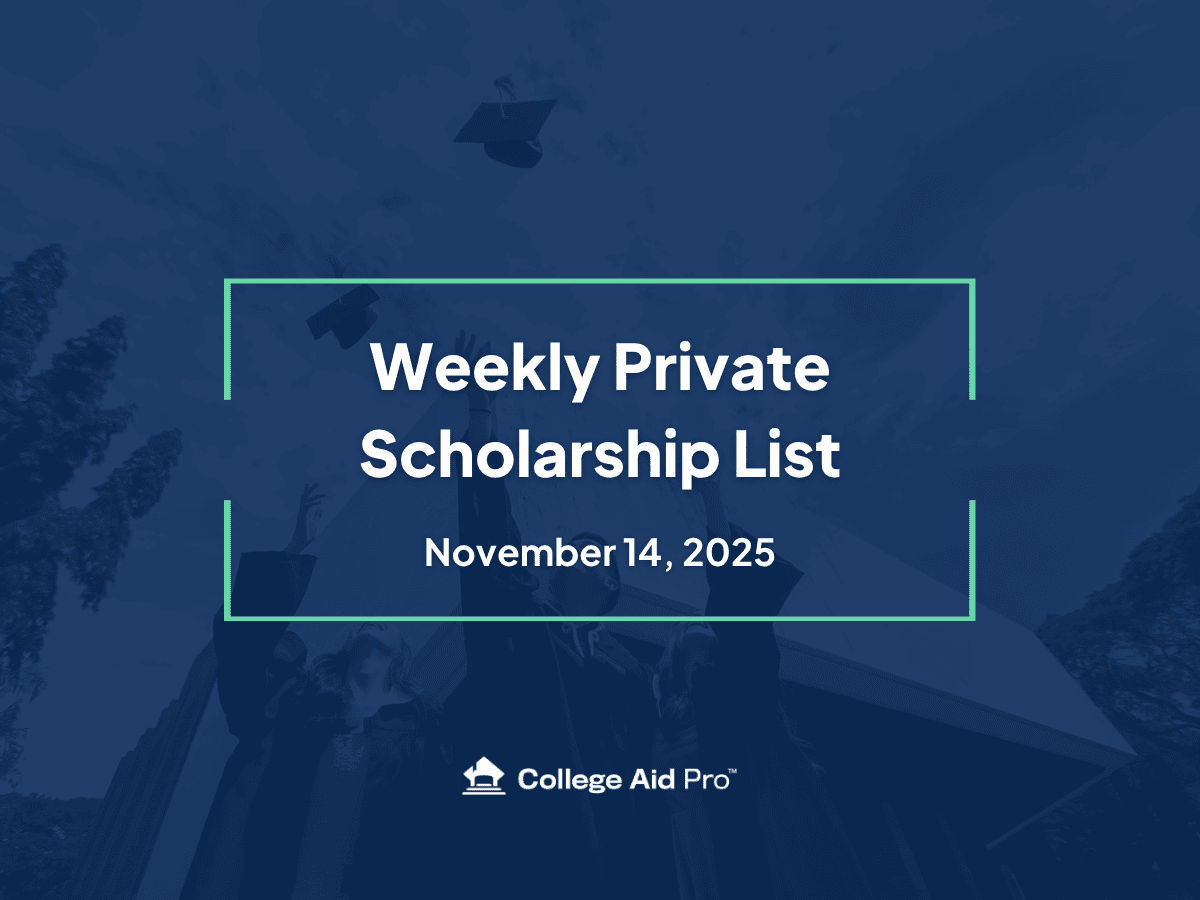Find Your College Match
Searching for the right college match with your high schooler can feel exciting and overwhelming. There are so many schools to consider, each promising the perfect experience. The truth is, finding the right school isn’t about prestige, popularity, or following friends. It’s about identifying colleges where your student will thrive academically, socially, and financially.
In 2025, families have better tools than ever to make smart, informed decisions. With a little structure and strategy, this process can feel less stressful and more empowering for everyone involved.
Let’s walk through the three key areas that define the best college fit: financial, academic, and personal.

Financial Fit
A strong financial fit means a college works with your family’s budget—not against it. Every parent dreams of paying nothing for college, but most families aim to find schools that keep costs manageable and debt low. The goal is to graduate with options, not overwhelm.
The price you see on a college’s website is often called the sticker price, but very few families actually pay that number. Scholarships, grants, and other forms of financial aid can significantly reduce what you owe. The challenge is figuring out what your real cost will be at each school before your student applies.
How to Evaluate Financial Fit
-
Estimate your real cost.

Many families rely on net price calculators, but these tools can be outdated or hard to find. Instead, create a free MyCAP account to get accurate, side-by-side cost estimates for every college your student is considering. You’ll see projections for merit aid, need-based aid, and total out-of-pocket costs—all in one place. -
Check for merit scholarships.
Review whether your student qualifies for automatic awards based on GPA or test scores, or if there are additional scholarships they can apply for. Some schools even post scholarship grids that make it easy to predict award amounts. -
Add up extra expenses.
Don’t stop at tuition, fees, room, and board. Factor in travel costs, parking fees, books, supplies, and personal expenses. For students attending out-of-state or far from home, transportation alone can add thousands each year. -
Review the school’s financial aid history.
Some colleges have a reputation for generosity. Others don’t. Inside MyCAP, you can compare key data points such as:-
Average percent of need met
-
Average total financial aid award
-
Average merit aid for students without need
-
Percentage of students receiving scholarships or grants
-
-
Define affordability for your family.
Be clear about what “affordable” means for your situation. Ask:-
Is the sticker price within reach?
-
How much aid would the school need to offer to make it realistic?
-
Does your Student Aid Index (SAI) line up with your financial comfort zone?
-
When you take time to evaluate financial fit early, you’ll help your student apply to colleges that make sense for your family from the start—saving stress and disappointment later.
Academic Fit
The right academic fit challenges your student and supports their success. When students feel capable and motivated, they’re more likely to stay engaged, build confidence, and graduate on time.
How to Find Academic Fit
-
Check selectivity.
Look at the school’s overall acceptance rate and the GPA and ACT/SAT ranges for admitted students. If your student’s stats fall within or above those averages, it’s a good sign the school could be a strong match.It’s also smart to think about balance. A well-rounded college list should include:
-
A few reach schools (more competitive)
-
A few target schools (good chance of admission)
-
A few likely schools (very strong chance of admission)
-
-
Confirm majors and programs.
Make sure the college offers the major your student is most interested in—or, if they’re undecided, that the school has a range of programs to explore. Students often change majors, so flexibility matters. -
Look for academic opportunities.
The classroom is just one part of learning. Research internships, study abroad programs, research opportunities, and honors or accelerated degree options. These experiences help your student build real-world skills and stand out after graduation. - Assess academic culture.
Does your student prefer small discussion-based classes or large lecture halls? Do they want to work closely with professors or learn independently? Knowing how your student learns best will help you identify environments that bring out their strengths.
A strong academic fit keeps your student motivated and confident. It’s where they can grow, be challenged, and still feel supported.
Personal Fit
Personal fit is the “feel” part of the equation.  It’s about where your student can picture themselves living, learning, and connecting with others. The right college match will align with their lifestyle, values, and goals.
It’s about where your student can picture themselves living, learning, and connecting with others. The right college match will align with their lifestyle, values, and goals.
What to Consider
-
Size: Does your student want a large campus with thousands of students or a smaller, close-knit environment? Larger schools often offer more programs and activities, while smaller ones may provide stronger personal connections.
-
Location: Think about distance from home, weather, and the surrounding community. Would your student feel energized in a big city or more comfortable in a quiet college town?
-
Housing: Are dorms comfortable? Can students move off campus later? Are there affordable, safe options nearby?
-
Transportation: Is parking available and affordable? Are public transit options reliable? Can students easily get home during breaks?
-
Activities and involvement: Does the school offer clubs, sports, or organizations that align with your student’s interests? Campus involvement plays a huge role in how connected students feel.
-
Campus culture: Every college has its own personality. Encourage your student to talk with current students, attend admitted student events, and read campus social media pages to get a sense of community, diversity, and values.
Personal fit may seem less tangible than finances or academics, but it often has the biggest impact on your student’s happiness and long-term success.
Putting It All Together
The best college match checks all three boxes: financial, academic, and personal fit. These schools challenge your student, support their growth, and stay within your family’s financial comfort zone.
Encourage your student to build a list of five to ten strong matches that meet all three criteria. A balanced college list ensures they’ll have good options—both for admission and for affordability—when decision letters and aid offers arrive.
When you use tools like MyCAP, you can approach the college search with confidence and clarity. MyCAP shows real college costs, financial aid data, and scholarship opportunities in one place, helping families plan smarter and stress less.
Start exploring your student’s options today with MyCAP. Create your free account to compare colleges, estimate true costs, and discover schools that fit both your student and your budget.
Create your free MyCAP account and start finding your college match today.





